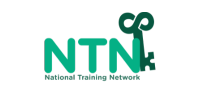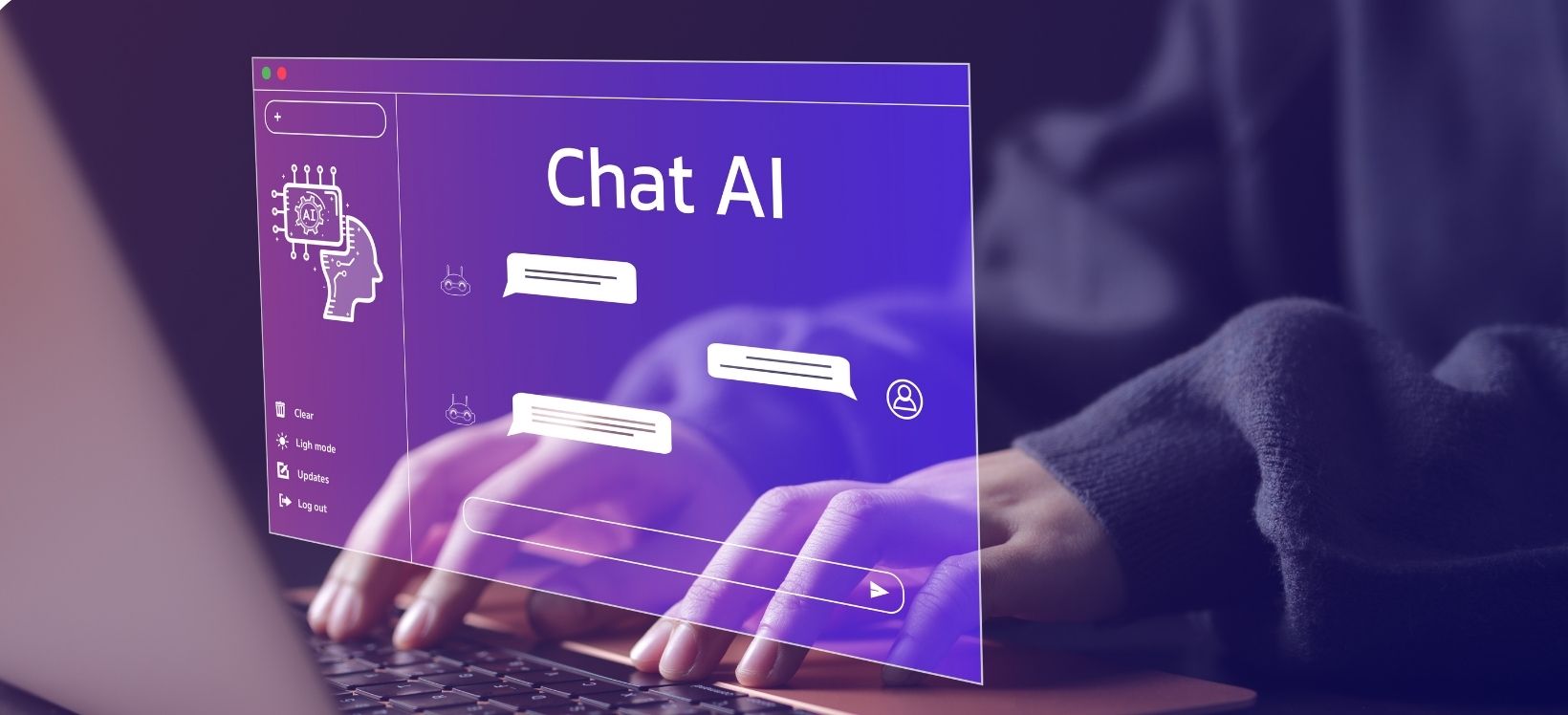Anyone who has taught knows that curriculum and programs are constantly changing, but one thing is clear— Artificial Intelligence (A.I.) is here to stay. What does that mean for our teachers and students? Is it wise to experiment with A.I. in classrooms without fully understanding its accuracy, especially as it’s still evolving?
Artificial Intelligence—which includes tools like ChatGPT, Grammarly, IBM Watson, and Jasper AI—is revolutionizing how we work by saving time and providing instant access to learning. While A.I. can streamline tasks like planning, assessment, and data analysis, it’s important to remember that it won’t replace teachers.
Teachers do more than just teach content—they instill values like empathy, kindness, and responsibility. A.I. can help by giving teachers more time to focus on what truly impacts student success. It’s impressive how educators manage to juggle lesson planning, behavior management, parent communication, grading, and more, all while adhering to district mandates.
Let’s leverage A.I. to ease this burden and reduce teacher burnout. By automating some tasks, we can give teachers back the time they need to focus on what only they can do.
Here are four ways we can use A.I. to support our educators:
- Creating a task: provide a prompt that includes the state, subject, grade, and standard you want to engage students in
- Create a low floor and high ceiling version of a task: provide the task and ask for a low floor version and a high ceiling version to cut back on the time it would take for the teacher to create those
- Planning: ask for a sample lesson plan for a particular state, subject, grade, and standard(s) to use as a base rather than starting from the ground up.
- Assessing: find an assessment platform that utilizes A.I. to score the assessment, analyze the data, and group students accordingly. It should also provide the ability for students to listen to the question using a “read aloud” function.
We don’t recommend letting A.I. take over teaching. Our students deserve more than that. The key to using A.I. responsibly is ensuring that humans are always reviewing, editing, and checking for accuracy. While it still requires human oversight, A.I. significantly reduces the time needed to complete tasks.
At the National Training Network (NTN), we’ve been asking ourselves how we can help teachers leverage A.I. while maximizing our impact and improving the quality of life for our coaches. This year, we focused on enhancing our MathKeymatics platform, providing quick access to state-aligned math questions, PD-OnDemand videos, and concept-based lessons. The platform auto-scores and groups students in real time, while also offering math tools for practice and a read-aloud feature powered by A.I.
To further improve coaches’ work-life balance, NTN is piloting a hybrid coaching model in select schools. This model records lessons and uses A.I. to collect real-time data, like the percentage of time boys and girls are called on and the amount of teacher-student talk. Coaches can “whisper coach” remotely or on-site, enhancing support without compromising outcomes.
Time will tell, but we believe A.I. will enhance education if implemented carefully and strategically.
At NTN, we are dedicated to the responsible use and exploration of artificial intelligence in mathematics professional development. Our commitment lies in empowering teachers by providing innovative tools and resources that enhance their teaching practices, foster creativity, and support personalized learning for their students. We believe that AI should serve as an ally in the classroom, augmenting the expertise of educators rather than replacing them. Together, we can harness the power of technology to inspire and uplift the teaching profession, ensuring that every educator feels valued and equipped to make a lasting impact on their students’ learning journeys. To learn more please visit www.ntnmath.com or schedule a time to meet NTN President Nicole Powers.


